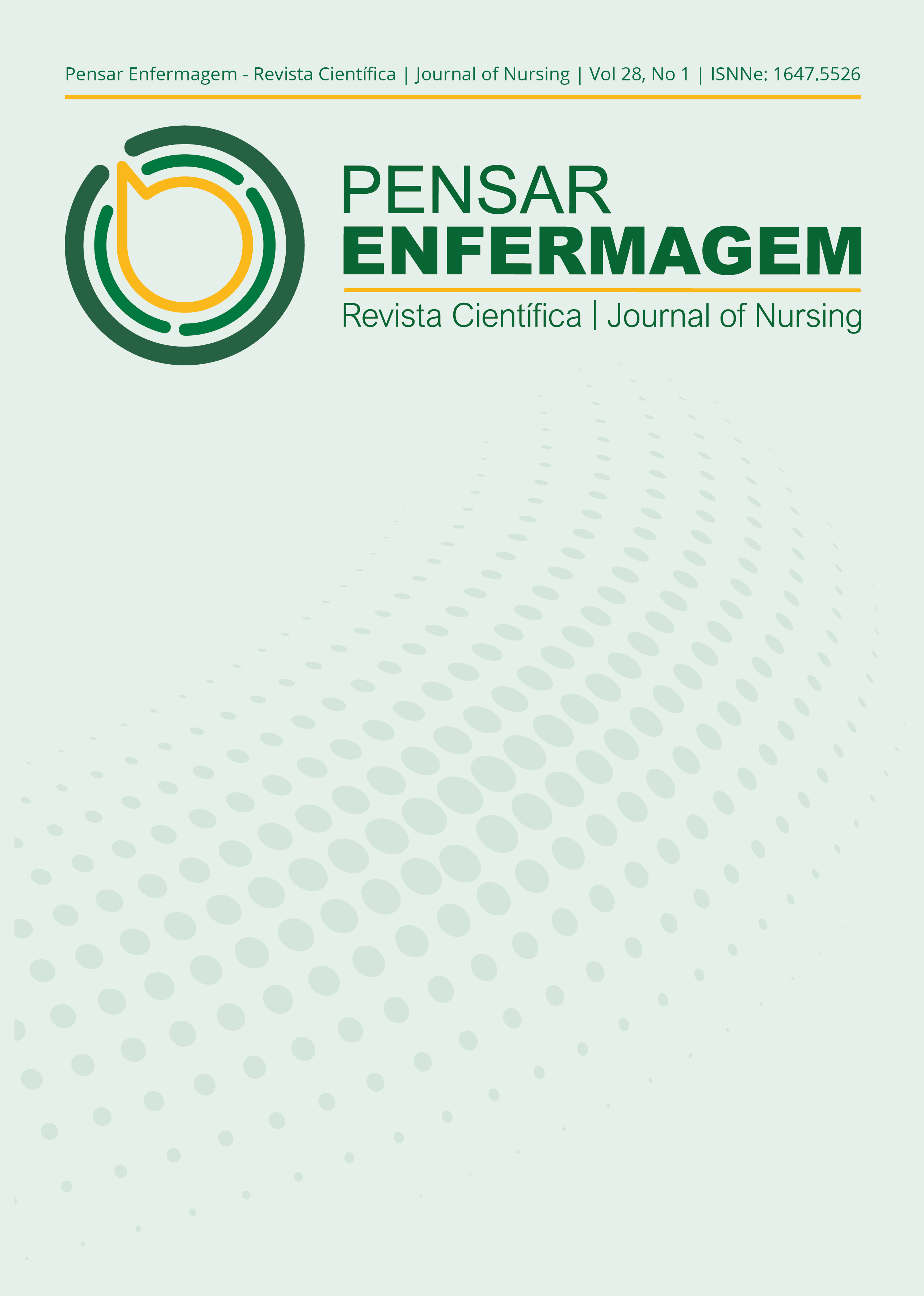TeleNursing in the Prevention and Management of Cardiovascular Risk in Older Adults with Hypertension: a Scoping Review
Published 2024-11-12
Keywords
- Telenursing,
- Cardiovascular Risk,
- Hypertension,
- Older Adults
How to Cite
Copyright (c) 2024 Mario Rui Dias, Ana Ramos, Idalina Delfina Gomes

This work is licensed under a Creative Commons Attribution 4.0 International License.
Abstract
Introduction
The global increase in the older adult population has led to a higher demand for healthcare services, as greater longevity is associated with a rise in the prevalence of chronic conditions like hypertension (HTN). Geographic barriers and current limitations in healthcare services pose significant challenges to access, especially for older adults. Various national and international organizations advocate that telenursing should be widely available to mitigate these challenges by enhancing care delivery, improving proximity to nursing services, and achieving better health outcomes.
Objective
To map the available evidence on the contribution of telenursing to the prevention and management of cardiovascular risk in older adults with HTN.
Methods
Following the Joanna Briggs Institute methodology, we conducted the scoping review and used the PRISMA-ScR checklist as a complementary guide. We searched the databases MEDLINE, CINAHL, Open Access Scientific Repository, and Google Scholar for articles and documents up to May 2023, with no temporal filter.
Results
Seven studies met the inclusion criteria. Six major dimensions characterize the potential of telenursing in older adults with HTN: cardiovascular risk prevention and management, self-management of hypertension, improved quality of life, therapeutic adherence, prevention of clinical inertia, and monitoring of adverse events.
Conclusion
Telenursing contributes to the prevention and management of cardiovascular risk and fosters a partnership relationship with older adults, supporting self-management of their health and promoting self-care.

